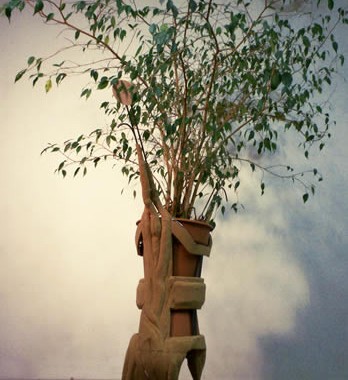Nuage Vert (Green Cloud), Ivry, 2010
HeHe amplifies the emissions of France’s largest waste incinerator by tracing with a green laser the smoke rising from the plant. The laser’s outline renders in real-time using computer vision.1
See HeHe’s website.
1 Fan Di’an and Zhang Ga, eds., Translife: International Triennial of New Media Art (Liverpool, U.K.: Liverpool University Press, 2013), 252.





